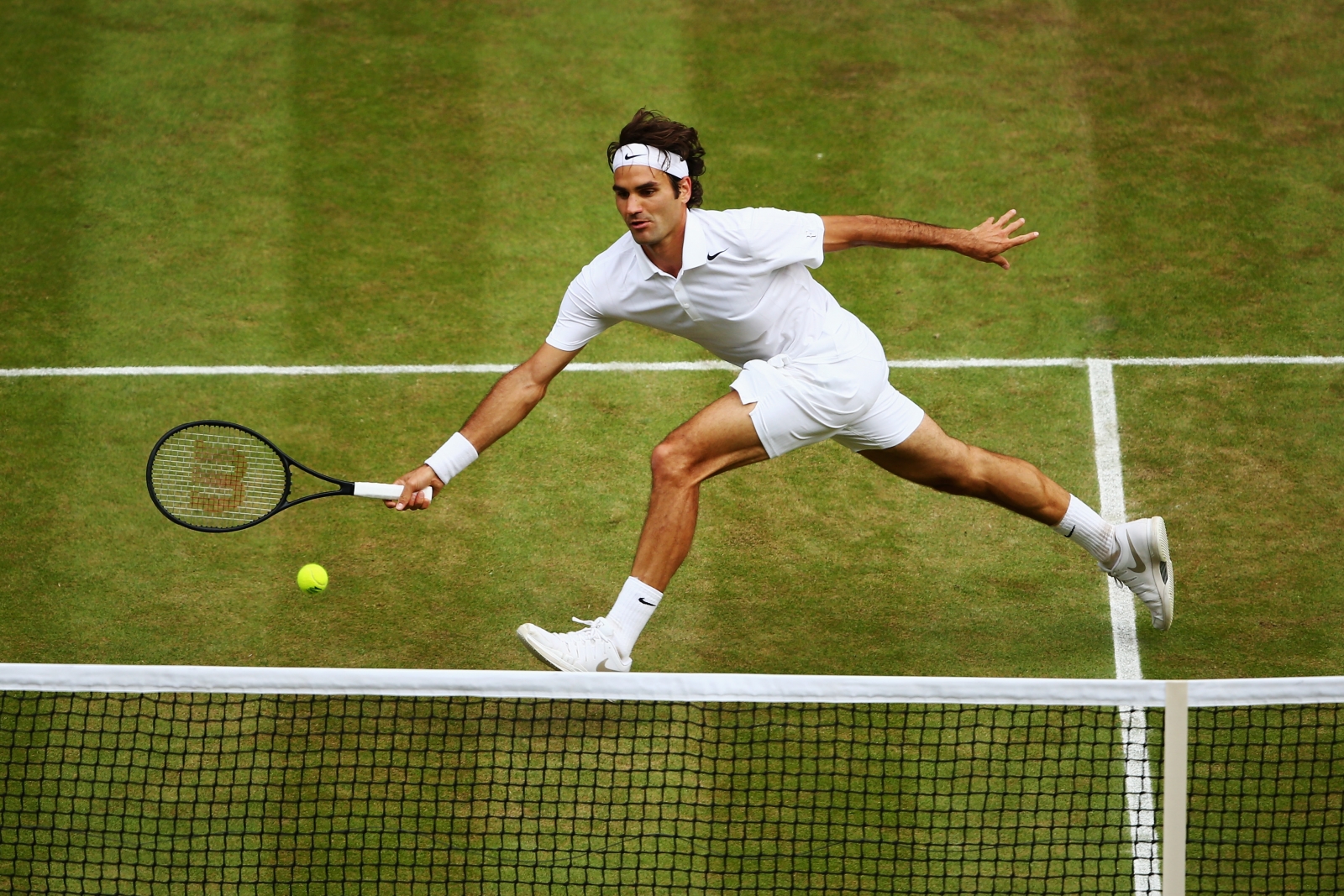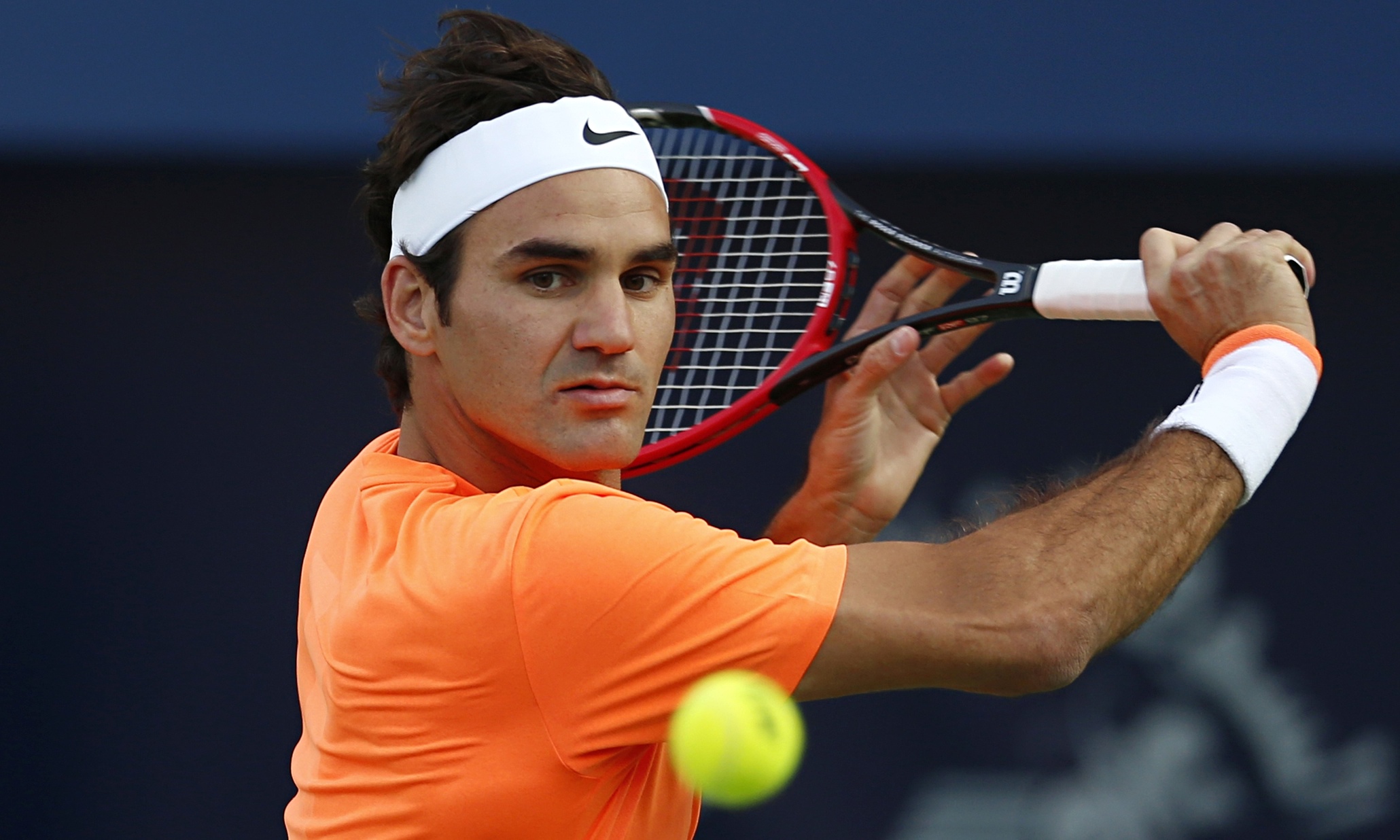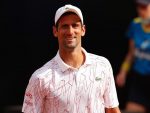A champion is dictated not simply by their ascension to the pinnacle of their chosen craft, but more notably by their tenacity and willingness to maintain that same level of unmatched elite performance atop the rankings, defending their title from endless waves of challengers. This is the philosophy behind the traditional comeback narrative embraced by “Rocky III” following two consecutive films of the titular protagonist clawing his way from the slums of Philadelphia to the worldwide fame of a boxing icon, now faced with challengers possessing comparable hunger in pursuing his own title belt.
Clubber Lang, one such competitor, shockingly snatches victory away from Rocky during the opening sequence, setting up the latter’s character arc of rediscovery and redemption throughout the film’s remaining duration. Eventually, the protagonist achieves his comeback, regaining the belt and cementing his legacy as arguably one of the greatest boxers of all time, answering the question of what it means to evolve from a fierce competitor and champion into an enduring legend.
This story is fictional. In reality, it’s extremely rare to encounter such larger-than-life figures in the contemporary athletic world. The common trend lately has been to retire during the prime of one’s career for myriad reasons, whether they’re over concern of potential irreparable injury, such as with star wide receiver Calvin Johnson, or to protect one’s flawless professional record, as with the undefeated boxer Floyd Mayweather, Jr. The primary objective is to quickly achieve enough fame and fortune to ride off into the sunset before the severe mental and physical tolls of professional athletics can rear their ugly heads; any sign of trouble only accelerates and perpetuates this pattern.
Therefore, when veteran men’s tennis great Roger Federer recently toppled Marin Cilic to secure his record eighth Wimbledon title and 19th overall Grand Slam championship, it was hard not to feel chills witnessing the palpable reversal of the norm as the champion hoisted the trophy, tears in his eyes. It was hard not to see Federer for what he is: a generational talent whose prowess and passion fail to diminish with either age and amplified competition, a modern marvel ripped straight out of legend.
Federer, now thirty-five, ancient by tennis standards, combined unparalleled elegance and deadly precision on the court with seemingly little effort during his prime, a stylistic flair and quiet confidence that gifted professional tennis with a sorely needed jolt of energy that it continues to thrive on over a decade later. He made some of the best athletes in the world appear irrelevant, archaic and foolish, ranking as the world’s top player for a runaway record 237 consecutive weeks, the next highest total being Jimmy Connors’ 160 mark. David Foster Wallace once described Federer through his artistic, acrobatic dominance as “one of those rare, preternatural athletes who appear to be exempt, at least in part, from certain physical laws.” Simply put, during the 2000s, it was Federer’s world. Everyone else was just occupying space.
Then the world caught up. Gradually, new talent trickled into the rankings having trained insatiably while possessing the new standard of excellence that Federer had established during his unprecedented run, namely electrifying Spaniard Rafael Nadal. Captivating spectators with his high-octane southpaw offense, inhuman speed and impossible angles on forehand winners down the line, Nadal boldly imposed on Federer’s tennis monopoly, becoming the latter’s first real rival and demonstrating that the unbreakable could be challenged. In 2008, Nadal quite literally stole Federer’s turf, securing his first title at Wimbledon, a stage that the Swiss champion had dominated for five consecutive years.

Soon after Nadal, Serbian Novak Djokovic rose to prominence as the world’s longtime number one seed while Nadal struggled with injury, adopting an ironclad defense and a limitless reservoir of stamina to frustrate opponents into submission. Federer was still among the top players in the world, but he was no longer a safe bet to win any given tournament. It seemed he would fade into obscurity with age as most athletes do, giving way to a younger, hungrier generation to take the mantle and smash his records. Perhaps a championship or two would conclude favorably for Federer during the coming years, but many assumed the end of his prime meant gradually diminishing returns and an exponentially paced descent into retirement. After all, that’s the norm.
Evidently, established paradigms don’t apply when you’re the greatest player of all time. Even optimists couldn’t have accurately anticipated the youthful revival Federer has undergone in 2017. He began by surging to an Australian Open victory last winter after a marathon five-set thriller with Nadal, and followed that up by reclaiming his Wimbledon crown with much fanfare and emotion after four years of disappointment. The king once again sits on his throne, a Hollywood comeback story miraculously transpiring in reality that has, somehow, elevated Federer’s legacy even further to that of a modern legend. The question is, how is this happening? What deal with the devil did Federer make to discover the fountain of youth?
The answer is plain and anticlimactic, yet vital for any athlete to consider: Federer is succeeding because he’s resting. He’s playing less. He opted to forgo competing in the French Open during the spring, one of the four major annual worldwide tennis competitions and a Grand Slam competition, despite being perfectly healthy, a decision which coach Severin Luthi described as “an investment in his career—for this season and the coming seasons.” In retrospect, this was a genius move considering Federer’s age and the context of his competitive situation given that Wimbledon was likely his ultimate goal.
Physical relief and mental preparation aside, the French Open, the only Grand Slam played on clay courts, is to Nadal what Wimbledon is to Federer. The Spaniard possesses a record ten French Open titles alone and is appropriately dubbed the “king of clay,” an iron grip of dominance at a single major so unprecedented that not even Federer has ever managed a victory over Nadal at the event in five contests. Genuinely believing that he would now suddenly have a fighting chance at thirty-five years of age would have been nothing but wishful thinking, and thus conceding the Roland Garros title at this point in his career was only logical.
Nadal went on to win the tournament as expected, but prior to the event he was recovering from a nasty wrist injury that’s plagued him for some time and was still readjusting to professional play. Djokovic, too, proved to be nursing an obstructive ailment of his own, an elbow strain dating back to 2016 that forced him to retire in the quarter-finals of Wimbledon; Nadal was forced out during a round of sixteen shocker. Both competitors, the main threats to another Federer victory, were crippled by injuries due to playing every event possible and, in Djokovic’s case, failing to address those issues with proper rest and medical care.
Federer, wisely and humbly knowing his own limits, has decided to pace himself and the result is a dominant tournament run in which he never dropped a single set in any match, health intact. If this is the method Federer chooses during the twilight of his career, selectively attending events according to health and overall personal significance, it’s evidently going to translate into more championships while others overwork and continue to flounder, a decisive element in his comeback tour. He knows his limits, which can occasionally be just as important as surpassing them.

Also worth considering is how time away from tennis helps to mend the mind, in this case achieving a balance between the intense atmosphere of professional tennis and the hectic maintenance and dedication of raising a family. Federer’s struggles during the last several seasons coincided with the birth of two of his children in 2014, a year that saw him fail to win a single Grand Slam title for the third season in a row and a trend that would continue until his 2017 Australian Open win. By comparison, Djokovic has dropped from the number one ranking down to fourth best in the world and hasn’t won a major since the 2016 French Open in the process of raising his infant son.
Stating that families are the reason why these athletes begin to temporarily decline is a crude accusation suspended in speculation, but considering the enormous strain of both full-time roles, father and tennis champion, it’s reasonable to wonder if focus dwindles slightly upon such a drastic life transition and duality. It only seems natural. If so, then Federer’s new schedule certainly strikes a better balance than a hectic dual-life swamped in distraction. He can now spend ample time with his wife and children and commit to fatherhood with a less demanding professional schedule, yet is still able to compete on the biggest stages when they do arise. Mental respite is equally critical to success as physical preparation; perhaps Federer has discovered the right balance of his passions.
Federer continues to marvel and inspire on the tennis court as a result of committing to preparation on and off the court, resting and adjusting as necessary, and it’s this change of pace that has been the catalyst for his resurgence as a champion and his evolution into a timeless legend with a comeback story that won’t soon be forgotten. If Wimbledon is any indication, it doesn’t appear that he’s ready to stop this final victory tour anytime soon.
















Great article! Federer is the true GOAT!